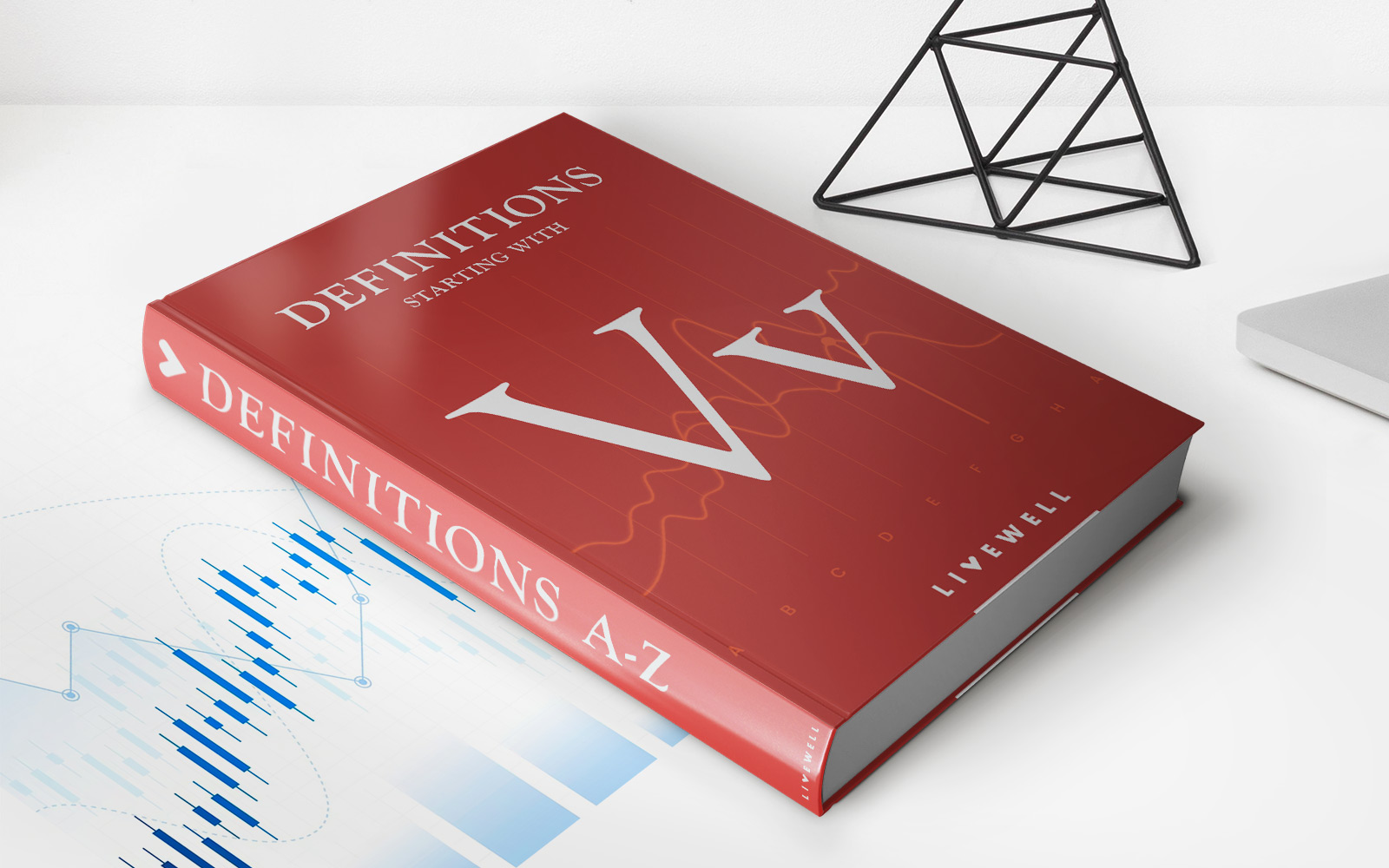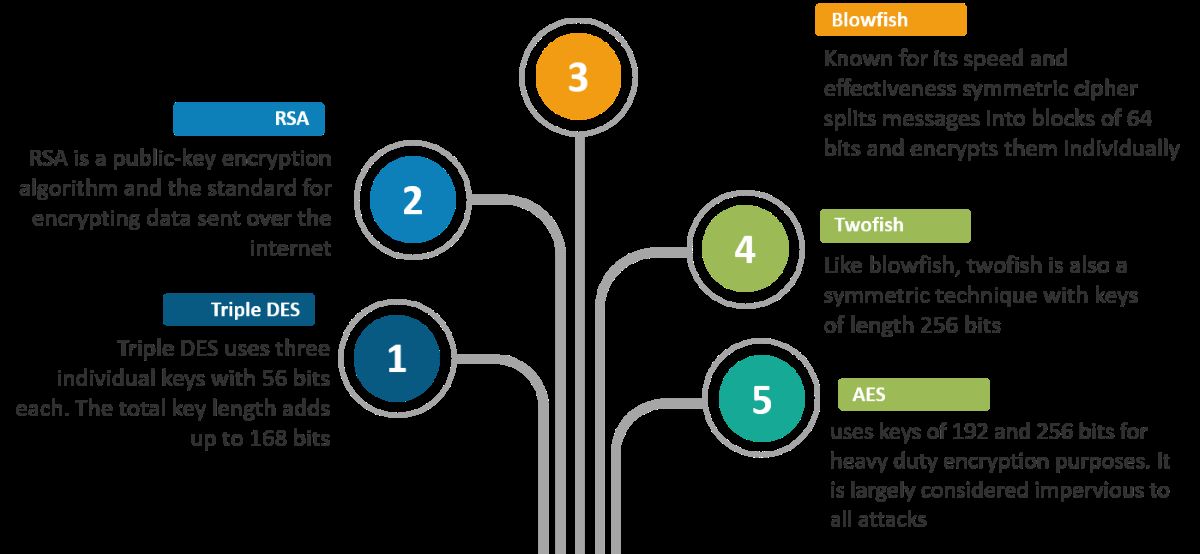Home>Finance>Distribution Network: Definition, How It Works, And Examples


Finance
Distribution Network: Definition, How It Works, And Examples
Published: November 12, 2023
Discover the definition, functioning, and real-life instances of distribution networks in the finance industry. Gain insights into how these networks operate and utilize them to boost your financial strategies.
(Many of the links in this article redirect to a specific reviewed product. Your purchase of these products through affiliate links helps to generate commission for LiveWell, at no extra cost. Learn more)
What Is a Distribution Network?
Are you interested in learning about distribution networks and how they work? You’ve come to the right place! In this blog post, we’ll delve into the definition of a distribution network, explain how it operates, and provide some real-life examples. Whether you’re a business owner looking to optimize your supply chain or simply curious about how products make their way from manufacturers to consumers, this article will give you a comprehensive understanding of distribution networks in the world of finance.
Key Takeaways:
- A distribution network is a system that allows goods or services to flow from manufacturers or suppliers to end consumers.
- It involves various interconnected components, such as warehouses, transportation, retailers, and wholesalers, working together to ensure efficient distribution.
How Does a Distribution Network Work?
Imagine this: You visit a supermarket and find your favorite brand of cereal stocked on the shelves. Have you ever wondered how it got there? The answer lies in the distribution network.
In simple terms, a distribution network is a well-organized structure that facilitates the movement of products or services from their point of origin to the point of consumption. It involves a series of carefully planned steps and interactions between different entities. Here’s a breakdown of how it works:
1. Manufacturers or Suppliers:
The journey begins with manufacturers or suppliers who produce goods or provide services. Their role is to ensure the availability, quality, and quantity of the products.
2. Warehouses and Storage:
Once the products are ready, they are transported to warehouses for storage and inventory management. These warehouses act as distribution centers, strategically located to serve different regions effectively.
3. Transportation:
Transportation plays a crucial role in distribution networks. It involves moving the products from warehouses to the retailers or directly to the consumers. Various modes of transportation, such as trucks, ships, planes, or even drones, are utilized depending on the scale and urgency of the distribution process.
4. Retailers and Wholesalers:
After reaching their destinations, the products are made available through retailers or wholesalers. Retailers are responsible for selling products to end consumers, while wholesalers primarily focus on selling to businesses or other retailers.
5. End Consumers:
Finally, the products or services make their way into the hands of the end consumers, who benefit from the convenience of easily accessible goods.
Examples of Distribution Networks:
Now that you understand the workings of a distribution network, let’s look at some real-life examples:
1. Amazon:
As one of the largest e-commerce platforms worldwide, Amazon’s distribution network is renowned for its efficiency. The company operates an extensive network of fulfillment centers strategically located to ensure fast and reliable delivery to customers around the globe.
2. Coca-Cola:
Coca-Cola, a leading beverage company, operates a distribution network that spans across countries and continents. Through partnerships with bottling companies, the company distributes its products to retailers, restaurants, and vending machines, keeping consumers refreshed everywhere.
In conclusion, a distribution network is a crucial component of the finance industry that enables the seamless flow of goods or services from manufacturers to consumers. By understanding the various elements involved and studying real-life examples, businesses can optimize their supply chain and ensure customer satisfaction. So, the next time you pick up a product from the store, you’ll have a deeper appreciation for the intricate network that made it available to you.














